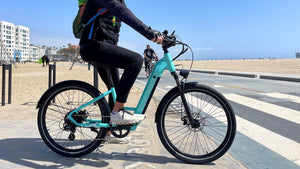
The Ultimate Guide to Upgrading Your Electric Bike Battery - Get Ready for the Ride of Your Life!
If you're an electric bike enthusiast looking to give your trusty ride a new lease on life, you've come to the right place. This is the ultimate guide to replacing electric bike batteries. Here, we will walk you through everything you need about replacing electric bike batteries, ensuring a smooth transition to renewed power and extended adventures.
At Himiway, we understand the importance of a reliable and efficient battery for an exceptional riding experience. So, whether you're a seasoned rider or a newbie, our goal is to empower you with the knowledge and confidence to choose and replace your electric bike battery like a pro. So, here's a dive in to discover the world of electric bike battery replacements!
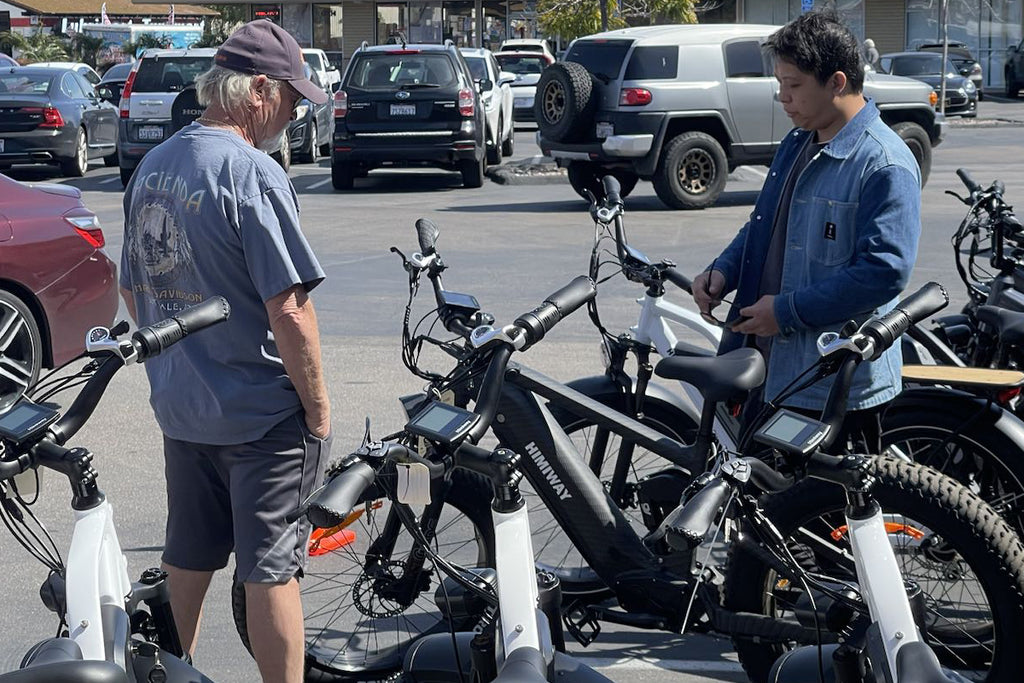
When to Replace Electric Bike Batteries
Even with excellent products, knowing when to say goodbye to your present battery and welcome a new one is essential since we are ardent electric bike riders. Here are some warning signals that it's time to replace the battery in your electric bike:
-
Reduced Power Output or Range:
You may need to replace your battery when it becomes evident that your battery is not holding a charge as effectively as it previously did or if you see a considerable decrease in the range or power of your bike. This may indicate that the battery cells have aged prematurely and negatively impacted the riding experience.
-
Difficulty charging the battery:
Perhaps you've observed the charging time has grown much longer, or the battery doesn't charge to its full capacity. These signs might point to a battery that isn't retaining and dispersing power effectively due to a problem with its internal chemistry.
-
Swollen or Damaged Battery Casing:
A battery with a swollen or damaged casing is not just an eyesore; it's a potential hazard. Suppose you notice any abnormalities in the shape, size, or integrity of your battery casing. In that case, it's imperative to take immediate action.
When it comes to replacing electric bike batteries, timing is everything. By watching for these signs, you can proactively address battery issues and prevent potential ride inconveniences. Remember, a new battery from Himiway will revive your electric bike's performance and elevate your overall riding experience.
Types of Electric Bike Batteries
Choosing the right battery for your electric bike is like selecting the perfect companion for your adventures. Let's explore the different types of electric bike batteries available, each with its own set of strengths and weaknesses:
-
Lithium-ion Batteries:
These are regarded as the pinnacle of electric bikes. Lithium-ion batteries' great energy density, portability, and durability are well known. They provide enough torque and range because of their remarkable power-to-weight ratios. Lithium-ion batteries have a low self-discharge rate, allowing them to hold their charge longer while not in use. They also don't have a memory effect after numerous recharges, guaranteeing consistent performance. Although their dependability and performance make them a popular choice among riders wanting the best power and longevity, it's important to remember that lithium-ion batteries might be more expensive than other alternatives.
-
Nickel-cadmium Batteries:
Nickel-cadmium (Ni-Cd) batteries were once popular for electric bikes. Like reliable workhorses, they offer good durability and can withstand extreme temperatures. Ni-Cd batteries also have a relatively long lifespan. They can handle high discharge rates, making them suitable for more demanding riding conditions. However, compared to lithium-ion batteries, they are bulkier, heavier, and have a lower energy density. Moreover, Ni-Cd batteries are prone to a "memory effect" if not fully discharged before recharging. This can lead to a reduced overall capacity over time.
-
Lead-acid Batteries:
Lead-acid batteries, the oldest technology on our list, are like the wise elders of the electric bike battery family. They are known for their affordability and widespread availability. Although initially less expensive, they cannot perform as well or last as long as other batteries. Lead-acid batteries are bigger, heavier, and have lower energy density than lithium-ion or Ni-Cd batteries. They also need routine maintenance and have a shorter lifetime. See them as the dependable, ancient truck that does the job but is less sophisticated and effective than more recent options.
It's critical to examine the benefits and drawbacks of each choice when selecting the best electric bike battery. While lithium-ion batteries reign supreme in terms of performance, longevity, and weight, the decision ultimately depends on your specific needs and budget. Himiway offers a range of e-bikes with lithium-ion batteries and even an option of Himiway Rhino, designed as a Dual Battery Off-road Electric Bike to enhance your riding experience, ensuring optimal power, range, and durability.
Choosing a Replacement Battery
Let us consider some practical tips to guide you in choosing the right battery to power your two-wheeled companion:
-
Checking Compatibility with the Bike's Motor System:
Finding a battery that seamlessly integrates with your electric bike's motor system is essential for optimal performance. The battery and motor should perfectly synchronize to deliver the necessary power. Check the specifications of your bike's motor system and ensure compatibility with the replacement battery you're considering. This provides a smooth connection and prevents compatibility issues hindering your riding experience.
-
Choosing the Right Voltage and Capacity for the Bike's Intended Use:
Selecting the right voltage and capacity for your replacement battery depends on how you plan to use your electric bike. Suppose you're an adventurous soul seeking long rides and challenging terrains. In that case, a higher voltage and larger capacity battery might be ideal, providing the necessary power and range. On the other hand, if you primarily use your electric bike for shorter commutes or leisurely rides, a lower voltage and smaller capacity battery might suffice.
-
Considering the Weight and Size of the Battery:
Weight and size matter when it comes to choosing a replacement battery. A larger battery might offer an extended range, but it could also add extra weight to your electric bike, impacting handling and agility. Evaluate your specific needs and preferences, finding the sweet spot that maximizes power while maintaining a comfortable and balanced riding experience. After all, your electric bike should feel like an extension of yourself, effortlessly gliding through the streets or trails.
-
Evaluating the Reliability and Warranty Options of Different Brands and Models:
Reliability and warranty options are also crucial when choosing a replacement battery. A reliable battery should offer peace of mind, knowing that it will perform consistently and withstand the rigors of your rides. Research different brands and models read reviews, and evaluate their quality and customer satisfaction track record. Additionally, pay attention to warranty options that protect your investment and ensure you're covered in case of any unforeseen issues.
By following these practical tips, you'll be well-equipped to choose the perfect replacement battery for your electric bike.
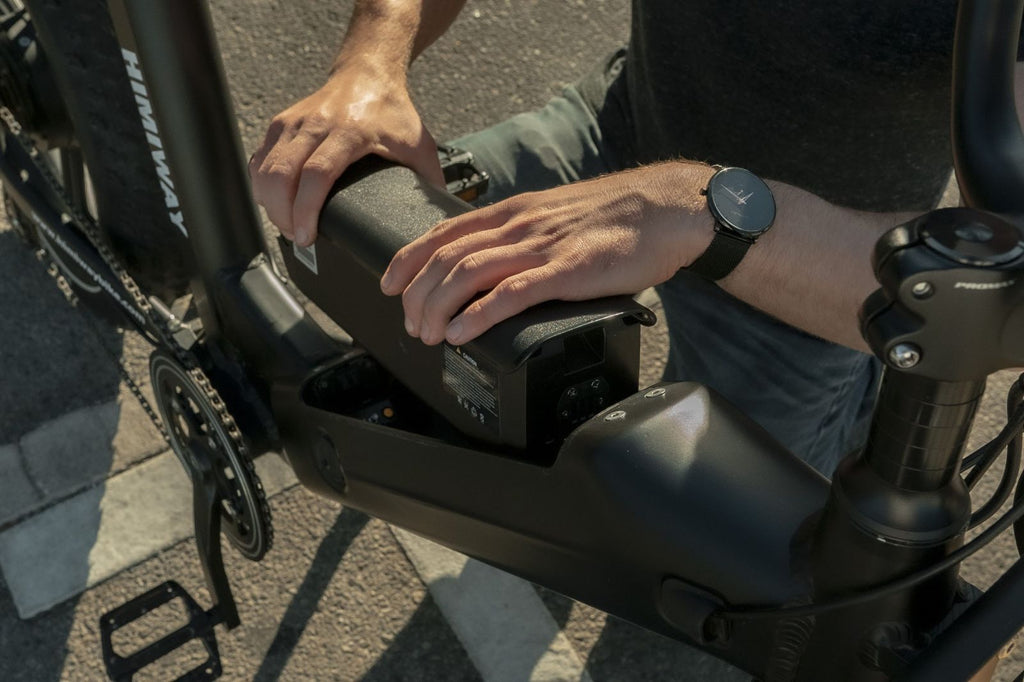
Installing a Replacement Battery
Now, let's guide you through installing your replacement battery on your electric bike. Follow these instructions, and soon you'll be back on the road, ready for exciting adventures:
-
Removing the Old Battery:
Locate the battery compartment on your electric bike near the downtube or rear rack. Depending on the model, you may need to remove a battery cover or release any securing mechanisms. Carefully disconnect the wires or connectors attached to the old battery, ensuring a clean and safe removal.
-
Installing the New Battery:
Unload your new Himiway battery and position it in the empty battery compartment. Ensure proper alignment and a secure fit. Gently slide the new battery into position, taking care not to force it or cause any damage. Reattach any securing mechanisms or battery covers to hold the battery firmly in place if needed.
-
Connecting the Battery and Motor System:
Now it's time to connect your new battery and the electric bike's motor system. Match the corresponding connectors on the battery and the bike's wiring harness. Gently plug the connectors together until you hear a satisfying click or feel a secure connection. Double-check the connections to ensure they are snug and properly seated.
-
Testing the Functionality of the New Battery:
You're almost there! Before embarking on your next ride, it's crucial to test the functionality of the new battery. Power on your electric bike and check if the display or control panel recognizes the battery and displays the correct battery information. Engage the throttle or pedal-assist system to confirm that the motor responds appropriately. With everything is in order, your new battery is ready to unleash its power and provide thrilling rides.
If you encounter any difficulties during installation, consult your electric bike's user manual or seek professional assistance. At Himiway, we want to ensure a seamless experience for our riders, so don't hesitate to reach out to our support team if you need further guidance.

Caring for Electric Bike Batteries
Proper care and maintenance are essential to prolonging the lifespan of your electric bike battery. Follow these practical tips to keep your battery performing at its best:
-
Storing the Bike and Battery in a Cool, Dry Place:
Extreme temperatures and humidity can adversely affect battery performance and lifespan. Keep your electric bike sheltered away from direct sunlight, rain, or snow. This will help prevent moisture buildup and minimize the risk of corrosion or damage.
-
Regularly Charging and Discharging the Battery:
Avoid prolonged periods of inactivity where the battery remains fully charged or completely discharged. Ideally, please charge the battery after each ride and aim to keep it at around 50% capacity during long storage periods. This helps to prevent the battery from entering a deeply discharged state or being overcharged, optimizing its longevity.
-
Avoiding Overcharging or Deep Discharge:
Overcharging or deep discharging your battery can harm its overall health. Avoid leaving the battery connected to the charger for extended periods once fully charged. Similarly, try to prevent the battery from fully discharging during your rides. Over time, these practices can degrade the battery's performance and reduce its lifespan.
-
Cleaning and Maintaining the Battery and Bike Components:
Regularly cleaning and maintaining your battery and bike components keeps them fresh and ensures longevity. Use a damp cloth to wipe down the battery, removing dirt or debris. Avoid harsh chemicals or abrasive materials that damage the battery casing or connectors. Additionally, keep an eye on other bike components, such as the chain, gears, and brakes, to ensure they are clean, lubricated, and properly adjusted.
By following these simple care tips, you can extend the lifespan of your electric bike battery and enjoy many more electrifying adventures with Himiway. Better still, you can explore Himiway Rhino's advantages, being a Dual Battery Off-road Electric Bike. This means you get more battery life out of a single buy.
Conclusion
Replacing and caring for electric bike batteries is vital for a seamless riding experience. By recognizing signs for replacement, understanding battery types, making informed choices, and practicing proper maintenance, riders can maximize battery performance and unlock endless adventures with Himiway.
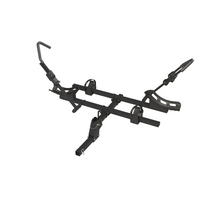
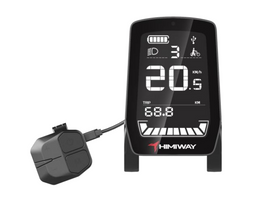
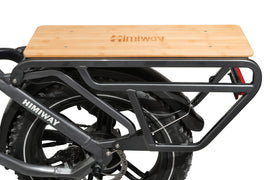
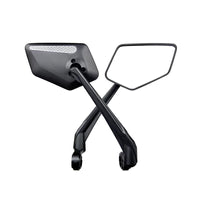
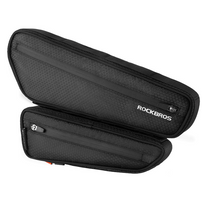
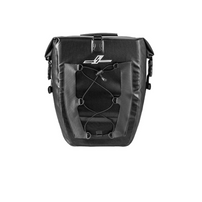
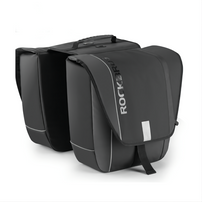
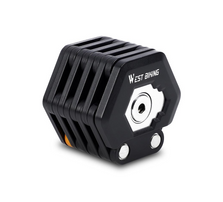
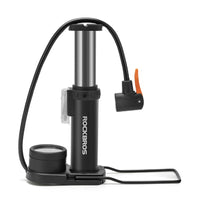
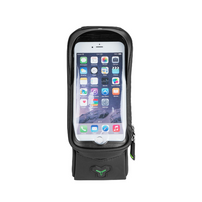


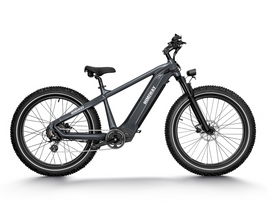
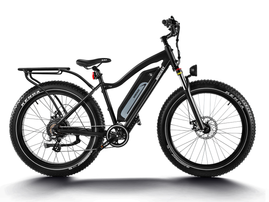
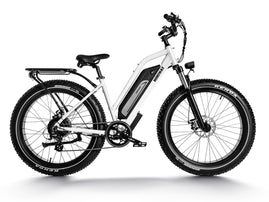
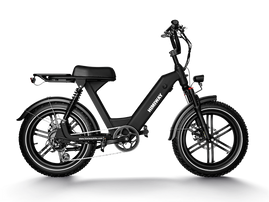
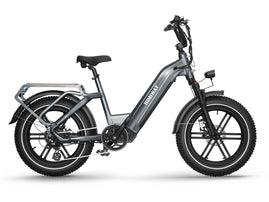
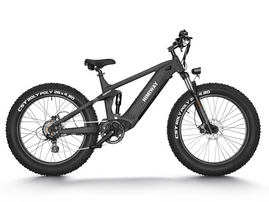
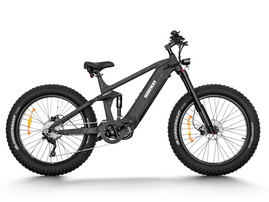
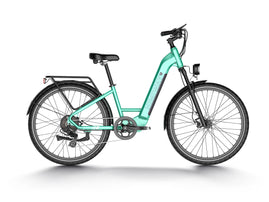
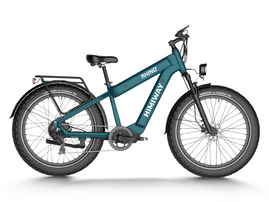




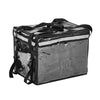
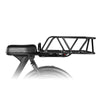


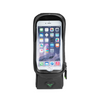


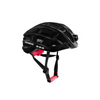

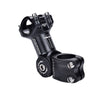
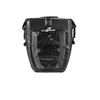



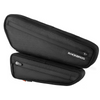



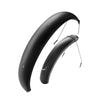




 US
US
 Canada
Canada Deutschland
Deutschland La France
La France Nederland
Nederland United Kingdom
United Kingdom




